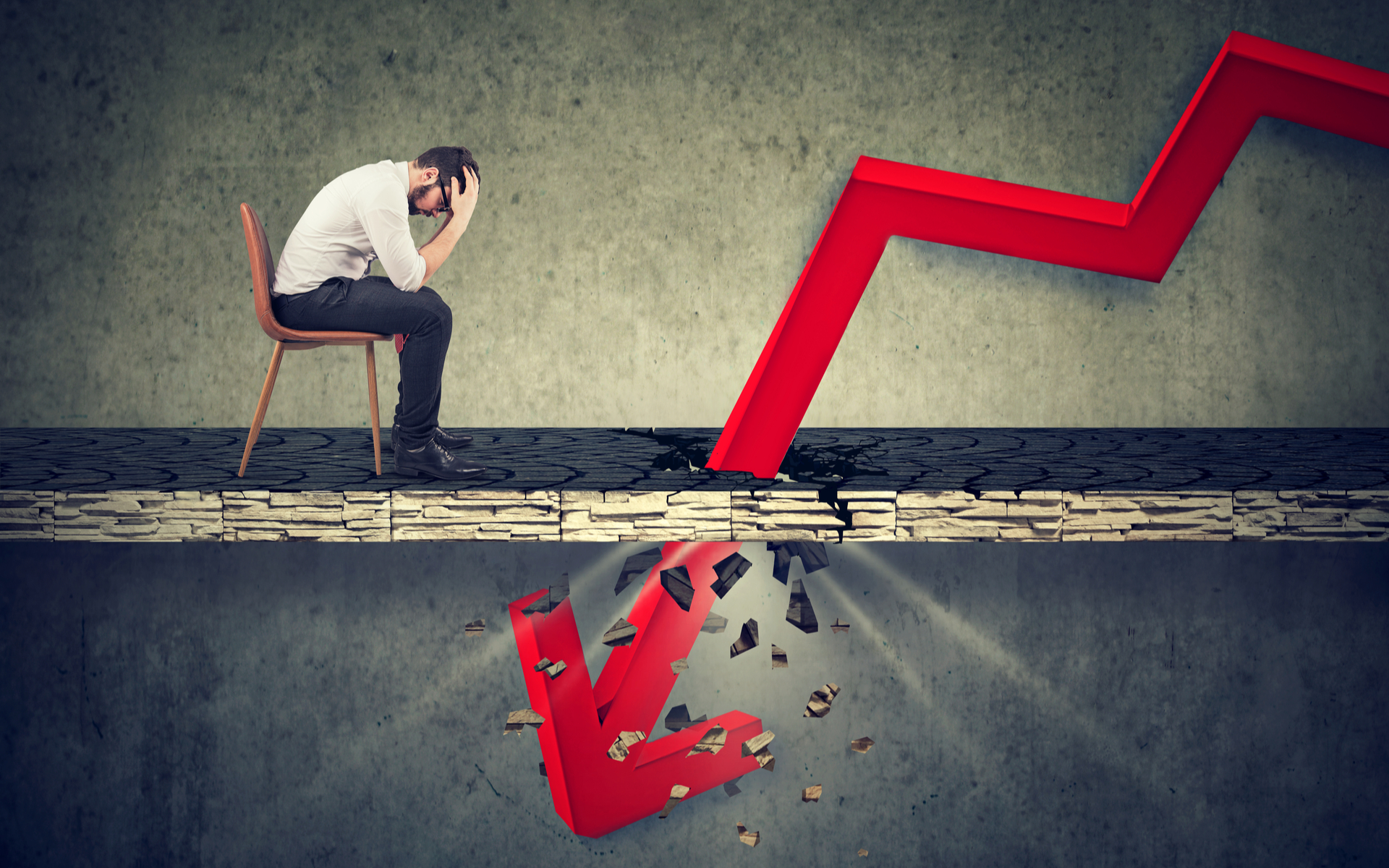
Earlier this week, TerraUSD lost its anchor and the stablecoin saw its price plummet to a quotation of $ 0,30. It has since recovered some of its value, even though its price is still well below the $ 1 target. Unsurprisingly, frightened investors have sold Luna with both hands in an effort to distance themselves from the catastrophic collapse. In fact, Luna has lost 99% of its value in the past few days. Is this a buying opportunity? Or is the Terra blockchain in trouble?
How does the Terra blockchain work?
Arbitrage is the simultaneous buying and selling of an asset to capitalize on small price discrepancies in different markets. The stablecoin Terra holds its price thanks to a built-in arbitrage mechanism. Here's how it works.
Suppose demand for TerraUSD drives its price up to $ 1,02. To restore its peg, the blockchain allows traders to burn 1 dollar of Luna to create a TerraUSD coin. The trader can then sell that TerraUSD coin to make a profit of $ 0,02. At the same time, the arbitrage mechanism increases the supply of TerraUSD, which eventually brings its price back to $ 1.
The system works the same way in reverse as well. If a sell-off causes TerraUSD's price to drop to $ 0,98, traders can burn a TerraUSD coin to mint 1 dollar of Luna. Again, the trader takes a profit of $ 0,02 and the arbitrage mechanism resets the peg, increasing the price of TerraUSD by reducing its bid.
Luna's case is (or was) simple: Prior to this collapse, Terra was the second largest decentralized finance (DeFi) ecosystem, and the burgeoning range of DeFi applications on the blockchain created demand for TerraUSD. For example, the Anchor protocol was particularly popular with investors, as it paid 20% APY on TerraUSD deposits. This is an order of magnitude higher than that of a traditional savings account.
Thanks to the built-in arbitrage mechanism, the demand for TerraUSD created by Anchor and other DeFi products on the platform ultimately leads to Moon burning, making the cryptocurrency more valuable (i.e. scarcer). In other words, the more Earth is used, the more the Moon is worth. And given Terra's second place position in the DeFi sector, investors had good reason to believe that demand for TerraUSD would continue to grow.
The fall of an algorithmic stablecoin
Terra is known as an algorithmic stablecoin. Its price is kept stable by the computer code behind the arbitrage mechanism. This differs from a fiat-backed stablecoin like USD Coin, which is backed by cash and equivalents. In other words, for every USD coin in circulation, there is one dollar (or its equivalent) held in a reserve account. As a result, USD Coin never fell below $ 0,97 for any significant period of time.
This highlights the risk of stable algorithmic currencies. When supply rose and TerraUSD lost its peg earlier this week, the arbitrage mechanism failed to resolve the issue. At that point, Terraform Labs' reserve of Bitcoin should have corrected the problem, but that hasn't happened yet. Instead, the price of the stablecoin continued to plummet and panicked investors sold, increasing the downward pressure. Furthermore, as the arbitrage mechanism is expected to significantly increase Luna's supply (and decrease its value) to restore the stablecoin's peg, investors have also sold Luna.
The result was a catastrophic collapse. At the time of writing, TerraUSD is trading at $ 0,38, well below its target price, and Luna has plunged more than 99% from its highs. Given the selling pressure on both sides of the Earth ecosystem, the situation looks bleak. It is possible that TerraUSD will never recover its peg. If investor confidence has been irreparably damaged, money will continue to flow out of the ecosystem, which will eventually collapse.
For what it's worth, I've been bullish on the Moon in the past. But this situation has changed my outlook. I urge investors to stay away from Luna (and TerraUSD), at least for the foreseeable future.
